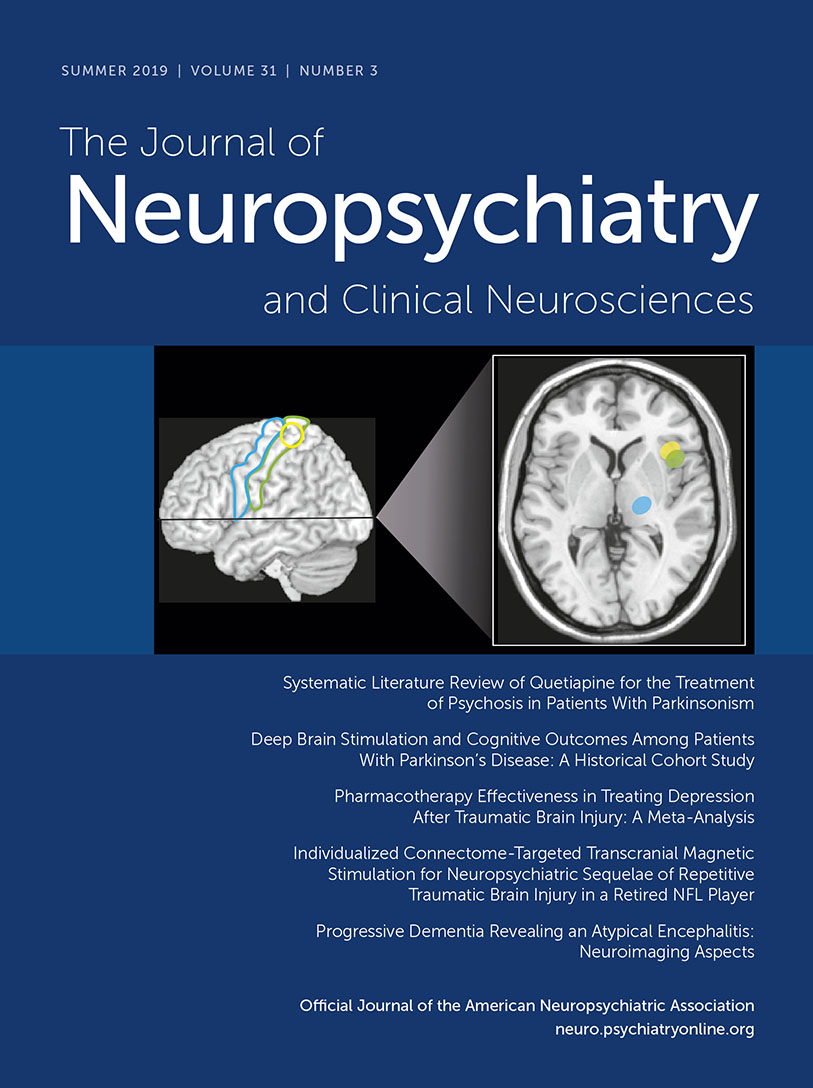The ALPIM (Anxiety, Laxity, Pain, Immune, and Mood) Syndrome in Adolescents and Young Adults: A Cohort Study
Abstract
Objective:
ALPIM (anxiety, laxity, pain, immune, and mood) syndrome has been previously described in adults. The authors aimed to identify its occurrence in adolescents and confirm its existence in adults. Given the association of the disorder with somatic symptoms, separation anxiety disorder (SAD) was explored as an ALPIM comorbidity.
Methods:
Medical records of patients aged 11–34 with a diagnosis of depression or anxiety (panic disorder, SAD, social anxiety or generalized anxiety disorder) seen during a 1-year period were reviewed. Data were collected on the presence of ALPIM comorbidities. Analyses were conducted to detect their co-occurrence and evaluate possible predictors of the ALPIM syndrome.
Results:
Inclusion criteria were met by 185 patient charts. A significant association was observed between the ALPIM comorbidities with 20 study subjects (10.8%) meeting criteria for ALPIM syndrome (patients with one or more diagnoses from each ALPIM domain). Patients with SAD had increased odds of being diagnosed with ALPIM (odds ratio=7.14, 95% CI=2.48–20.54, p<0.001). Neither major depression nor generalized anxiety disorder was found to be predictive of ALPIM syndrome. There was no difference in the prevalence of ALPIM-related comorbidities between study subjects <18 years old compared with those ≥18 years old.
Conclusions:
These findings reestablish the association of distinct psychiatric and nonpsychiatric conditions described as the ALPIM syndrome. Furthermore, the syndrome may present during adolescence. SAD may be an independent predictive factor for the occurrence of ALPIM syndrome. Patients with individual ALPIM comorbidities should be assessed for the syndrome, especially if they have a history of SAD.



